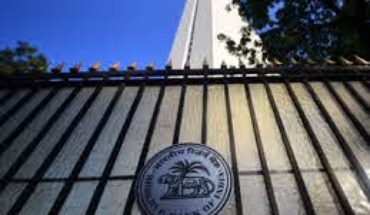India’s latest auction of telecommunications spectrum, including of bands ideally suited for offering 5G technology services, drew bids exceeding a record Rs 1.5 lakh crore in a clear sign that the industry is on the path to recovery. While the Government has netted just over a third of the Rs 4.3 lakh crore reserve price it had set for the spectrum on offer, the fact that 71% of the airwaves on the block won bids is testament to the improvement in the industry’s health. The Centre’s move last year to ease regulatory norms around payment of dues, including a four-year moratorium on outstanding payments and the redefinition of adjusted gross revenues to prospectively exclude non-telecom earnings, allowed service providers a breather and helped them attract investor interest as also spread liabilities over a staggered period. Industrywide increases in tariffs also helped lift average revenue per user at the telecom service providers, boosting margins. The Government’s decision to return bank guarantees to telcos must have helped improve their eligibility for debt – crucial for capital expenditure. And with spectrum usage charges also binned, the enhanced flexibility likely allowed enthusiastic participation from all three private players, a far cry from when the very survival of Vodafone Idea was in doubt. However, the auction also offers crucial lessons. The high reserve price likely dampened enthusiasm for certain spectrum bands. While the 3.3 GHz and 26 GHz were snapped up at the reserve price in several service areas, the 600 MHz was left untouched, and 60% of the 700 MHz spectrum remained unsold. The latter is ideal for rural connectivity as well as signal penetration inside buildings in urban areas. If spectrum is seen as a precious national resource, the Government would do well to not let it lie unused and instead price it in an optimal manner.
Spectrum – a key resource – must not lie unused
|
August 6, 2022 |





